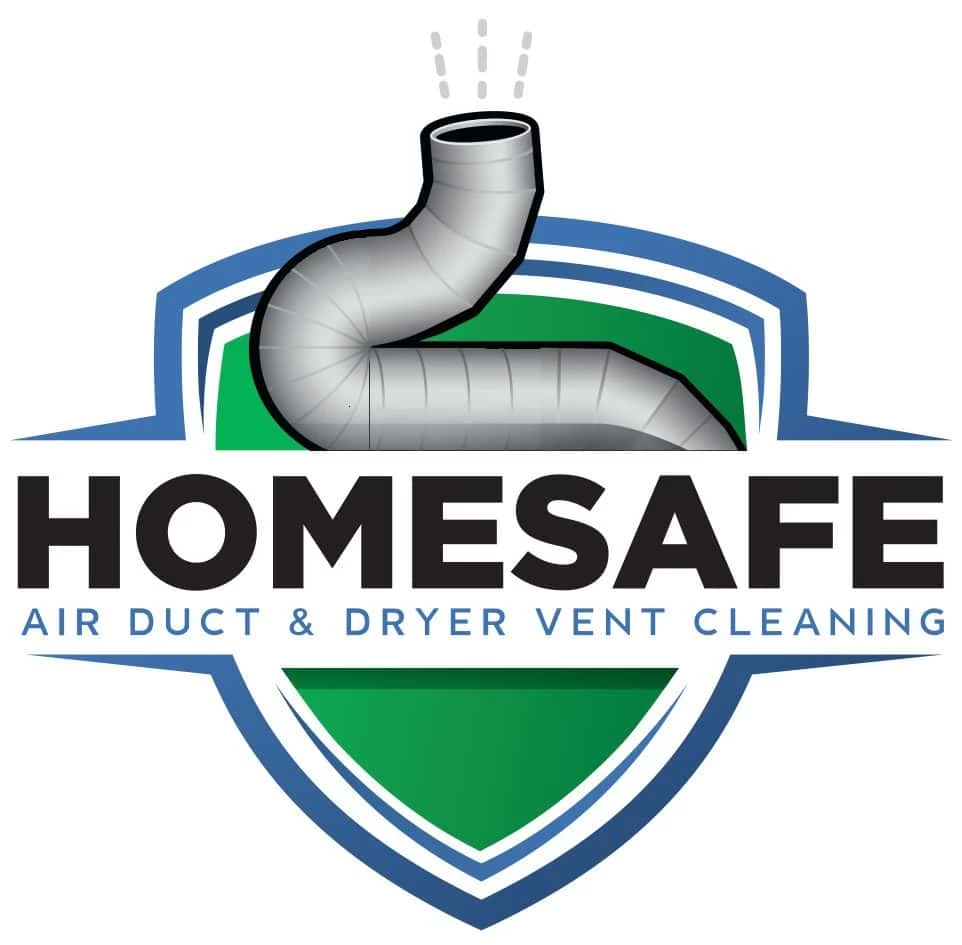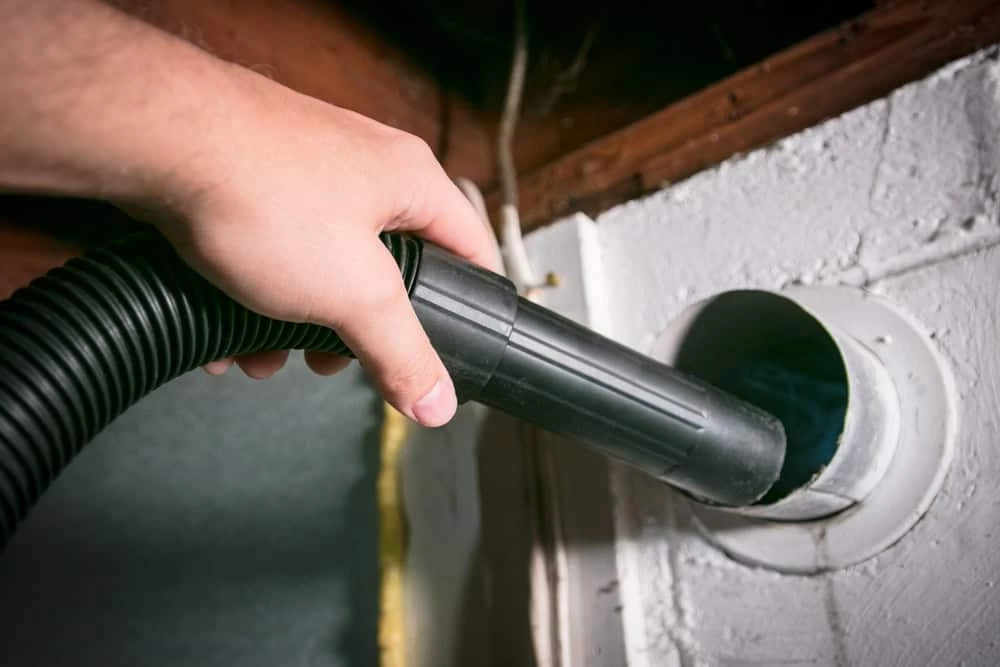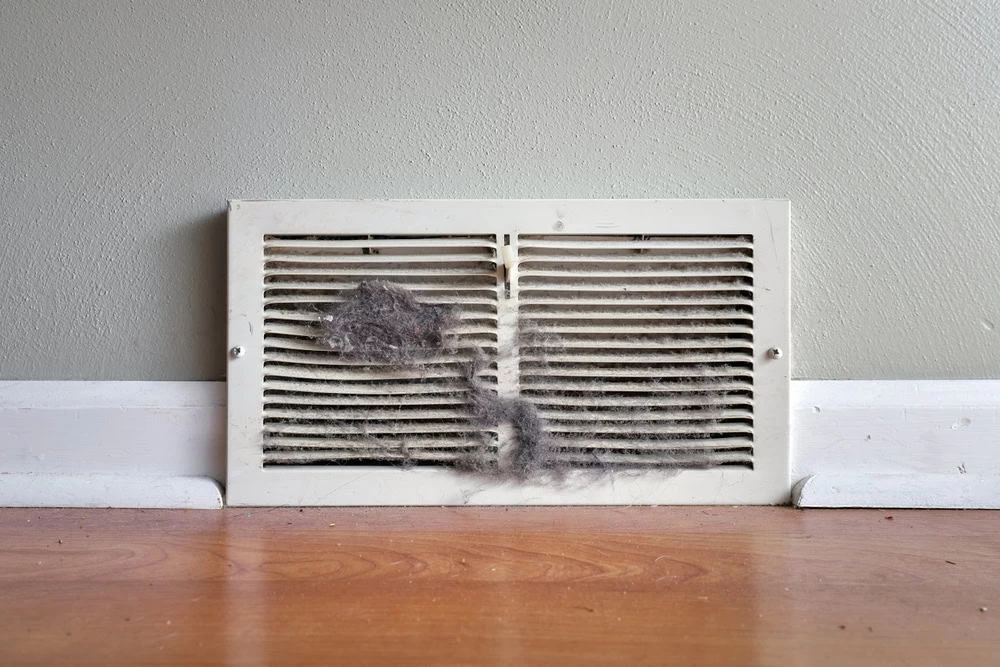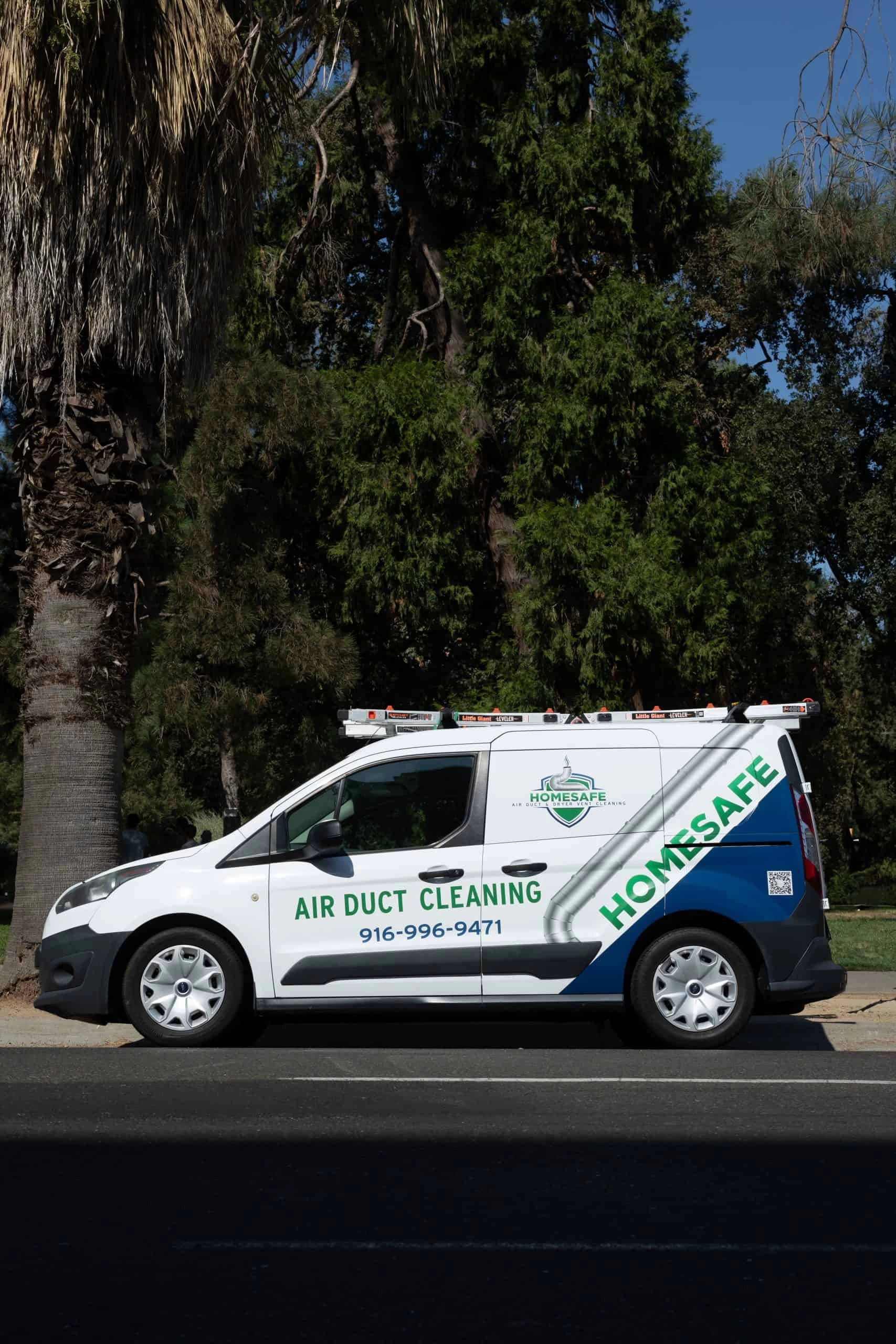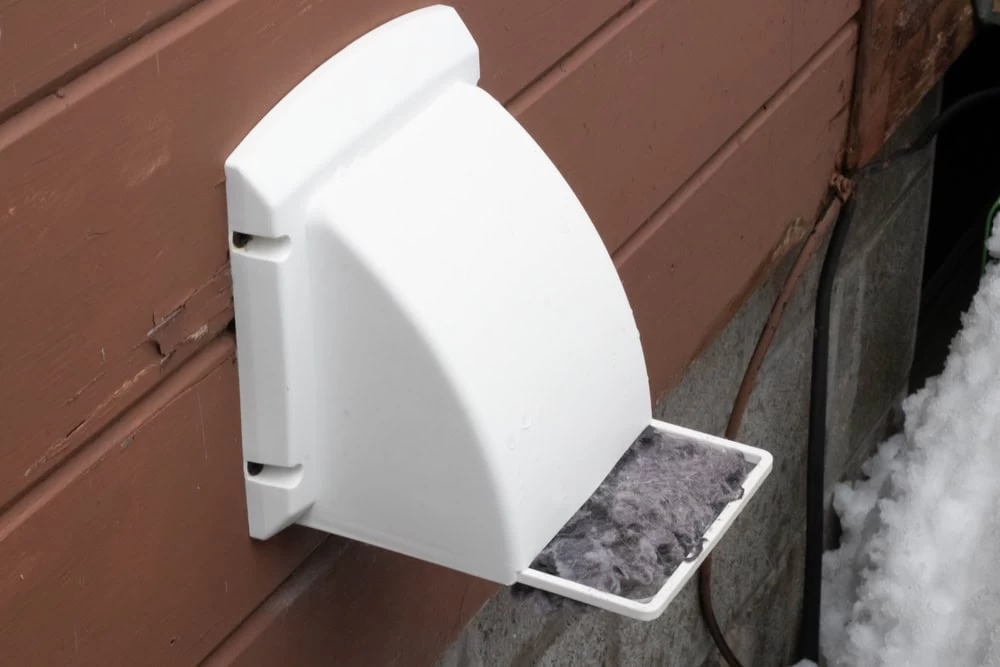Summary:
Why Dryer Vent Safety Matters in Sacramento Homes
Sacramento’s housing landscape creates unique challenges for dryer vent safety. Many newer homes position laundry rooms deep inside the house, far from exterior walls. This design often requires long, winding dryer vents that make lint accumulation more likely.
The statistics are sobering. Fire departments nationwide respond to over 14,000 dryer fires annually, resulting in deaths, hundreds of injuries, and $238 million in property damage. What makes this especially concerning is that 32% of these fires stem from one simple oversight: failure to clean the dryer and its venting system.
Your dryer vent’s job is straightforward—expel hot, moist air and lint particles safely outside your home. When this system becomes clogged, heat builds up, airflow decreases, and highly flammable lint creates the perfect conditions for disaster.
Hidden Fire Hazards Most Sacramento Homeowners Miss
The lint trap in your dryer only catches about two-thirds of the lint your clothes produce. The remaining third travels through your vent system, gradually building up in places you can’t see or reach. This invisible accumulation is where the real danger lies.
Many Sacramento homeowners assume that cleaning the lint trap after each load is sufficient. While this is important, it’s just the beginning. Lint continues to escape past the trap, depositing itself throughout the vent system. Over months and years, this buildup restricts airflow and creates a fire hazard that grows more dangerous with each load.
The problem intensifies in Sacramento’s climate. Our hot, dry summers can make lint even more combustible, while our occasional winter moisture can cause lint to clump and create more stubborn blockages. Additionally, many Sacramento homes have dryer vents that terminate on roofs rather than side walls, making them harder to inspect and maintain.
Gas dryers present an additional risk that electric dryers don’t: carbon monoxide poisoning. When a gas dryer vent becomes blocked, deadly carbon monoxide can back up into your home instead of being safely expelled outside. This colorless, odorless gas can accumulate to dangerous levels without any warning signs until it’s too late.
The location of your dryer also matters. Dryers placed in garages, basements, or utility closets may have longer vent runs with more bends and turns. Each 90-degree turn in your vent system reduces its effective length by five feet, and every restriction makes lint buildup more likely.
Warning Signs Your Sacramento Home Needs Immediate Attention
Your dryer and home will give you clear signals when your vent system needs attention. Learning to recognize these warning signs can prevent a dangerous situation from developing into a disaster.
The most obvious sign is longer drying times. If clothes that used to dry in 45 minutes now take an hour or more, your vent is likely restricted. This isn’t just inconvenient—it’s a safety red flag. Your dryer is working harder, using more energy, and generating more heat than it should.
Pay attention to how your clothes feel when the cycle ends. If they’re still damp, unusually hot, or have a musty smell, these indicate poor ventilation. Clothes should come out of the dryer warm but not burning hot to the touch.
Check the area around your dryer during operation. If the laundry room becomes excessively hot, or if you notice condensation on windows or walls, your vent isn’t expelling moisture properly. This trapped humidity can lead to mold growth and indicates a serious ventilation problem.
Outside your home, inspect the exterior vent opening during a drying cycle. You should see and feel a strong flow of air and moisture. If the airflow is weak or nonexistent, or if you see lint accumulating around the exterior vent, your system is blocked.
Listen to your dryer during operation. Unusual noises, rattling, or sounds of strain can indicate that the motor is working harder than normal to move air through a restricted system. A burning smell is an immediate warning sign that requires stopping the dryer immediately and investigating the cause.
Don’t ignore these signals. Each symptom represents a safety risk that will only worsen over time. The sooner you address vent problems, the safer your home will be and the less expensive the solution will likely be.
Energy Savings and Cost Benefits for Sacramento Homeowners
A clean dryer vent isn’t just about safety—it’s about saving money. Sacramento homeowners can save between $20 and $288 annually on energy bills simply by maintaining clean dryer vents. When your vent is clogged, your dryer can use up to 30% more energy to do the same job.
Consider this: if your dryer runs an extra 15-20 minutes per load due to poor ventilation, and you do five loads weekly, that’s an extra hour of energy consumption each week. Over a year, this adds up to more than 50 hours of unnecessary energy use that directly impacts your utility bill.
The math gets even more compelling when you factor in appliance longevity. A dryer forced to work harder due to poor ventilation will wear out faster, potentially requiring expensive repairs or premature replacement.
How Much Sacramento Homeowners Actually Save
The energy savings from dryer vent cleaning are substantial and immediate. According to the Department of Energy, dryers account for about 6% of your home’s total energy consumption, making them one of the most energy-intensive appliances you own.
When your vent is restricted, this percentage can spike dramatically. A blocked vent forces your dryer to run longer cycles, use higher heat settings, and work harder to achieve the same results. This inefficiency translates directly into higher utility bills that many homeowners don’t connect to their dryer vent condition.
Sacramento’s relatively high energy costs make these savings even more meaningful. With PG&E rates continuing to rise, every bit of energy efficiency matters. Homeowners who invest in regular dryer vent cleaning often see the cost of the service paid back in energy savings within just a few months.
The savings extend beyond your monthly utility bill. Clean vents reduce wear and tear on your dryer’s motor, heating elements, and other components. This means fewer repair calls, longer appliance life, and delayed replacement costs. When you consider that a quality dryer costs $800 to $1,500 or more, extending its life by even a few years represents significant savings.
Your clothes benefit too. Excessive heat from poor ventilation can damage fabrics, cause shrinkage, and fade colors. When your dryer operates efficiently, your clothes last longer and look better, saving money on replacement clothing over time.
Professional vs DIY: What Sacramento Homeowners Should Know
While cleaning your lint trap is a simple DIY task, comprehensive dryer vent cleaning requires specialized tools and expertise. Many Sacramento homes have complex vent systems that snake through walls, attics, or crawl spaces before reaching the exterior.
We use powerful vacuums and rotating brush systems designed specifically for vent cleaning. These tools can reach deep into your vent system, removing compacted lint that household vacuums can’t handle. We also have the experience to identify potential problems like damaged ductwork, improper installations, or code violations.
DIY cleaning has its place, but it has limitations. Basic lint removal kits available at hardware stores can help with maintenance between professional cleanings, but they can’t match the thoroughness of professional equipment. More importantly, DIY cleaning can sometimes push lint deeper into the system if not done correctly.
The complexity of Sacramento’s housing stock makes professional service particularly valuable. Older homes may have outdated vent materials or configurations that don’t meet current safety codes. Newer homes might have extremely long vent runs that are impossible to clean thoroughly without professional equipment.
Consider your specific situation when deciding between DIY and professional cleaning. If your vent run is short and straight, and you’re comfortable working with tools, annual DIY maintenance might suffice. However, if you have a long, complex vent system, or if you’re experiencing any of the warning signs mentioned earlier, professional service is the safer choice.
The cost of professional dryer vent cleaning typically ranges from $100 to $200, depending on your system’s complexity. When weighed against the potential costs of a house fire, emergency repairs, or premature appliance replacement, professional cleaning is a wise investment in your home’s safety and efficiency.
Taking Action to Protect Your Sacramento Home
Your dryer vent safety checklist is straightforward: inspect regularly, clean annually, and don’t ignore warning signs. The small investment in maintenance pays dividends in safety, energy savings, and peace of mind.
Start by checking your exterior vent this week. Look for lint buildup, ensure the flap opens freely, and verify strong airflow during a drying cycle. Clean your lint trap after every load, and schedule professional cleaning if you notice any warning signs.
Remember, this isn’t just about appliance maintenance—it’s about protecting your family and your investment in your home. When you’re ready for professional dryer vent cleaning in Sacramento County, we bring over a decade of local experience to keep your home safe and efficient.
